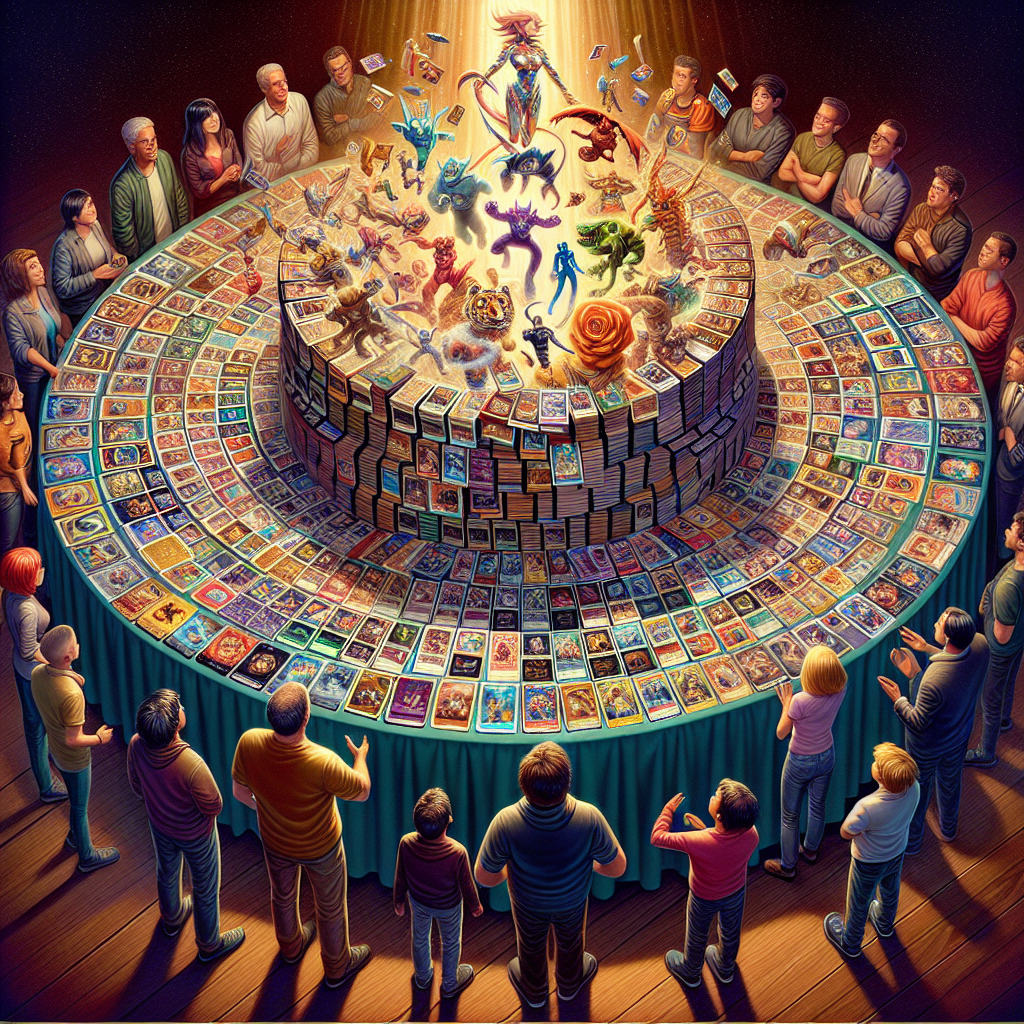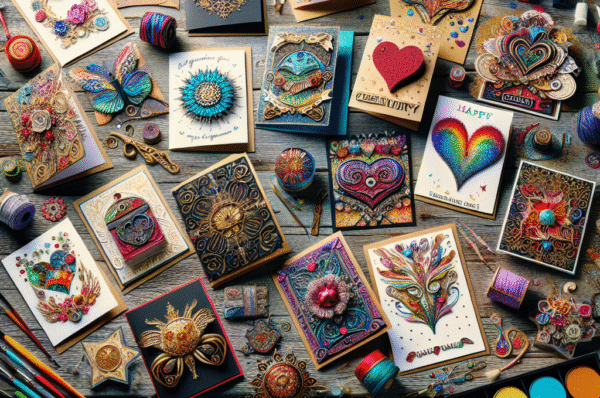In recent years, an unexpected cultural phenomenon has taken hold across the globe: the resurgence of trading cards. From Pokémon and Magic: The Gathering to sports cards and vintage comic book collectibles, card collecting has exploded in popularity, reminiscent of its heyday in the 1990s. What drives this revitalization, and what does it say about our society today? Let’s delve into the factors fueling this remarkable comeback.
Nostalgia and Familiarity
One of the most potent forces behind the rise of trading cards is nostalgia. Many current collectors are adults who vividly remember the thrill of trading cards in their youth. For them, purchasing trading cards is not merely a transaction; it’s a reconnection to cherished memories from childhood. The bright artwork, tangible cards, and the thrill of the search all evoke a sense of nostalgia that resonates deeply.
Moreover, as these collectors age, they often share their passion with younger generations, introducing children to the joy of card collecting. This handover of interest fosters a community where both young and old can share in the excitement of discovery and competition.
The Digital Transformation
While trading cards may seem like an analogue pastime, advancements in technology have breathed new life into them. Social media platforms like Instagram, TikTok, and Twitter have given enthusiasts a space to share their collections, showcase rare finds, and participate in trading communities. Unboxing videos and livestreams of card openings have gone viral, further enticing newcomers to join the hobby.
Additionally, the rise of online marketplaces such as eBay, TCGPlayer, and Cardmarket has made it easier than ever for collectors to buy, sell, and trade. Gamification through apps and websites where users can track their collections and engage with others also adds a modern twist. These digital avenues help to solidify trading cards as a thriving sector of the collector economy.
Investment Opportunity
Another critical factor in the resurgence of trading cards is their potential as an investment. With the global collectibles market booming, certain cards have skyrocketed in value, sometimes fetching thousands or even millions of dollars at auction. For example, the recent sale of a rare 1996 Pokémon Charizard card for over $200,000 exemplifies how trading cards have become valuable assets.
Investors see collectibles as a hedge against inflation, making them an appealing option in uncertain economic times. Unlike stocks and bonds, cards are tangible, and their value can be driven by emotional connections and rarity. This blend of nostalgia and profit potential attracts not just hardcore collectors but also casual buyers looking to diversify their investments.
Community and Connection
The rise of trading cards also ties into a broader desire for community and connection in an increasingly digital world. Physical trading events, conventions, and tournaments offer spaces where enthusiasts can gather, share insights, and engage with like-minded individuals. For many, these events serve as much-needed social outlets, helping forge friendships and cultivating a sense of belonging.
The competitive aspect of trading card games (TCGs) also draws players into the fold, creating a dynamic environment where skill and strategy come into play. Fans thrive on building decks, competing in tournaments, and exchanging tips—further solidifying the appeal of trading cards as a community-oriented hobby.
Environmental Factors
In light of increasing concerns about sustainable living, trading cards also provide an eco-friendly hobby option. Collectibles involve minimal production compared to fast fashion or disposable technology. The circular economy surrounding trading cards promotes reuse, reselling, and even recycling, aligning with many collectors’ values regarding sustainability.
Conclusion
The resurgence of trading cards is a multifaceted phenomenon, driven by nostalgia, technological advances, investment potential, community engagement, and sustainable practices. Collecting is making a comeback not just as a hobby, but as a cultural movement that bridges generations and fosters connections in a digitized world.
As the card industry continues to evolve, it will be fascinating to see how this trend develops, holding the promise of exciting new era in the timeless practice of collecting. Whether for fun, investment, or community, trading cards have certainly found their place in the modern collector’s heart.




